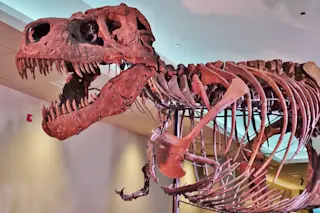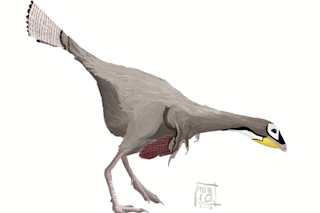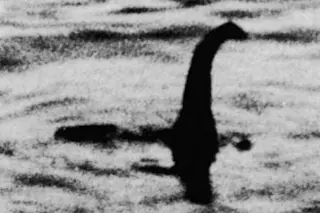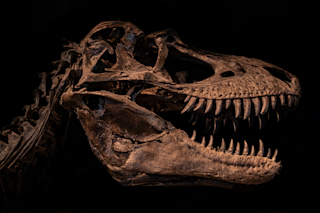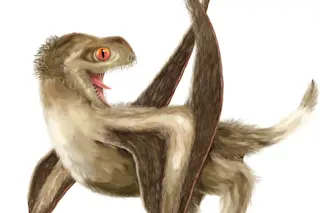The sun has just set over the tranquil Santa Barbara campus of the University of California, and the crisp evening air is redolent of warm sand and eucalyptus. Scores of students are jogging or cycling under the rosy gold autumn sky; a few stroll back from the beach with surfboards under their arms.
But in a low white building on the east side of campus, in a cavelike room that smells of wet stone, Karen Chin is hard at work. Chin is hunched over a cluttered bench, her dark hair fanning halfway down her lab coat, her slender fingers holding a small gray rock against the motionless blade of a circular saw. She has repositioned the rock several times, in search of the right cut, when her concentration is shattered by a colleague entering the lab.
Hey, Karen, calls the colleague in greeting. You still messing around with poop?
The ...



